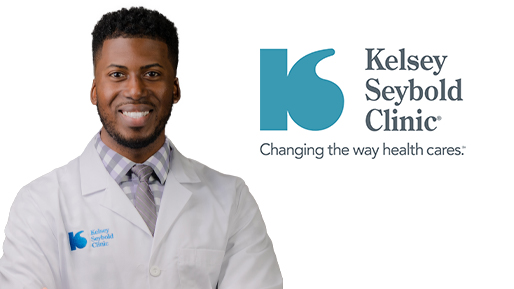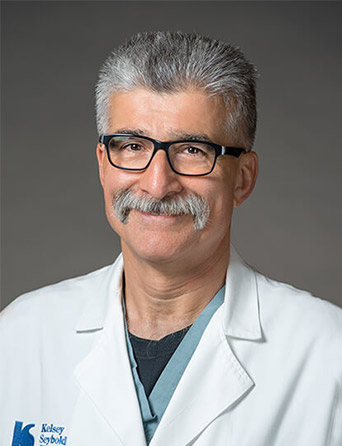Join Our eNewsletter!
Subscribe to our monthly newsletter to receive encouraging advice to help you lead a healthy lifestyle.

Do You Know the Signs of Peripheral Artery Disease?
You are exercising, walking briskly or playing with your grandchildren, when your legs become painful or start to cramp. Is it just lack of exercise, poor fitness or something more?
"I suspect you're experiencing the warning symptoms of peripheral artery disease, or PAD," says Ali Mortazavi, M.D., Kelsey-Seybold Clinic's chief of Cardiology. "The pain occurs because a blockage, probably caused by a buildup of plaque, is preventing your leg muscles from getting enough blood.
"You're fortunate in that your pain subsides," he says. "In severe cases, it doesn't go away even when resting."
About 8.5 million Americans have PAD, according to the American Heart Association. It commonly occurs as people get older, especially after age 65.
"Diagnosis is critical. If left untreated, this condition can lead to gangrene and limb amputation, Dr. Mortazavi explains. "People with PAD are also at greater risk for having a heart attack or stroke - that's why it's so important to be seen by a knowledgeable cardiologist
"If you were my patient, I would check for weak pulses in the legs and feet, followed by an ultrasound test - a painless, non-invasive imaging that visualizes the artery with sound waves and measures the blood flow to indicate the presence of a blockage," says Dr. Mortazavi.
"Fortunately, most cases can be managed with lifestyle changes, such as tobacco cessation, weight loss, improved diet and increased physical fitness, combined with a closely-monitored medication regimen," he said.


